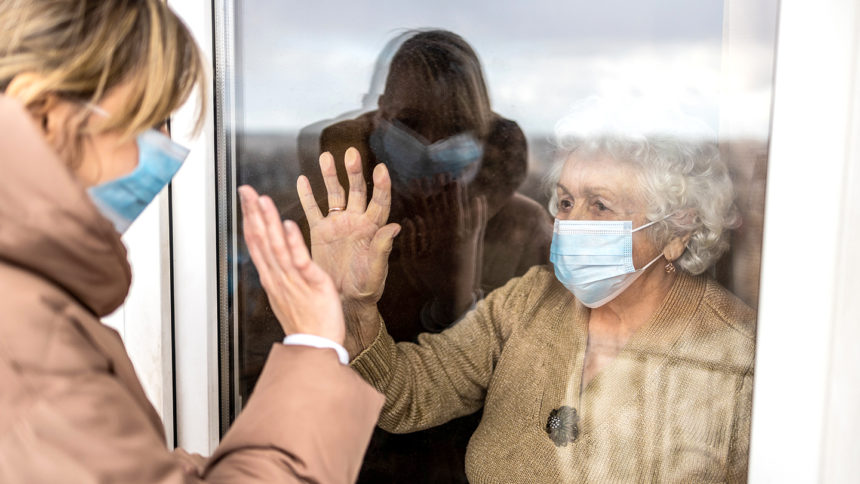
A new report finds that a new COVID-19 variant — BA.2.86, or Pirola — may not be as contagious than originally thought. That’s good news for long-term care communities, who have been told to brace for an active respiratory virus season.
Pirola is highly mutated, with more than 30 changes to its spike protein compared to previous forms BA.2 and to XBB.1.5, CNN reported. That is what occurred when omicron first came on the scene. Pirola is in the US and 10 other countries.
“My friends, this is not the second coming of Omicron. If it were, it is safe to say we would know by now,” Bill Hanage, an epidemiologist and co-director of Harvard University’s Center for Communicable Disease Dynamics, said on social media.
Researchers in China say BA.2.86 looks different to the immune system than earlier COVID variants.
“I would say it will slowly circulate in the population. It will not be able to compete with other fast-prevailing variants,” Yunlong Cao, PhD, a researcher from the Biomedical Innovation Center at Peking University, told CNN.
He saw a twofold drop in the ability of immunity from vaccination and recent infection to neutralize the BA.2.86 virus compared with those in the XBB.1.5 family. The BA.2.86 variant was about 60% less infectious than XBB.1.5 viruses. Experts think this is why it’s in so many different countries, but only at low levels.
A team at the Karolinska Institute in Sweden looked at human blood from late 2022 and late August to test the antibodies against BA.2.86. The older samples couldn’t stop BA.2.86, but the newer ones did a better job.
“Overall, it doesn’t appear to be nearly as extreme a situation as the original emergence of Omicron,” principal researcher Benjamin Murrell wrote in a social media post.
“It isn’t yet clear whether BA.2.86 [or its offspring] will outcompete the currently circulating variants, and I don’t think there is yet any data about its severity, but our antibodies do not appear to be completely powerless against it,” he said.
CNN said that the data has limitations, as it was on models of the virus and not the actual virus.





